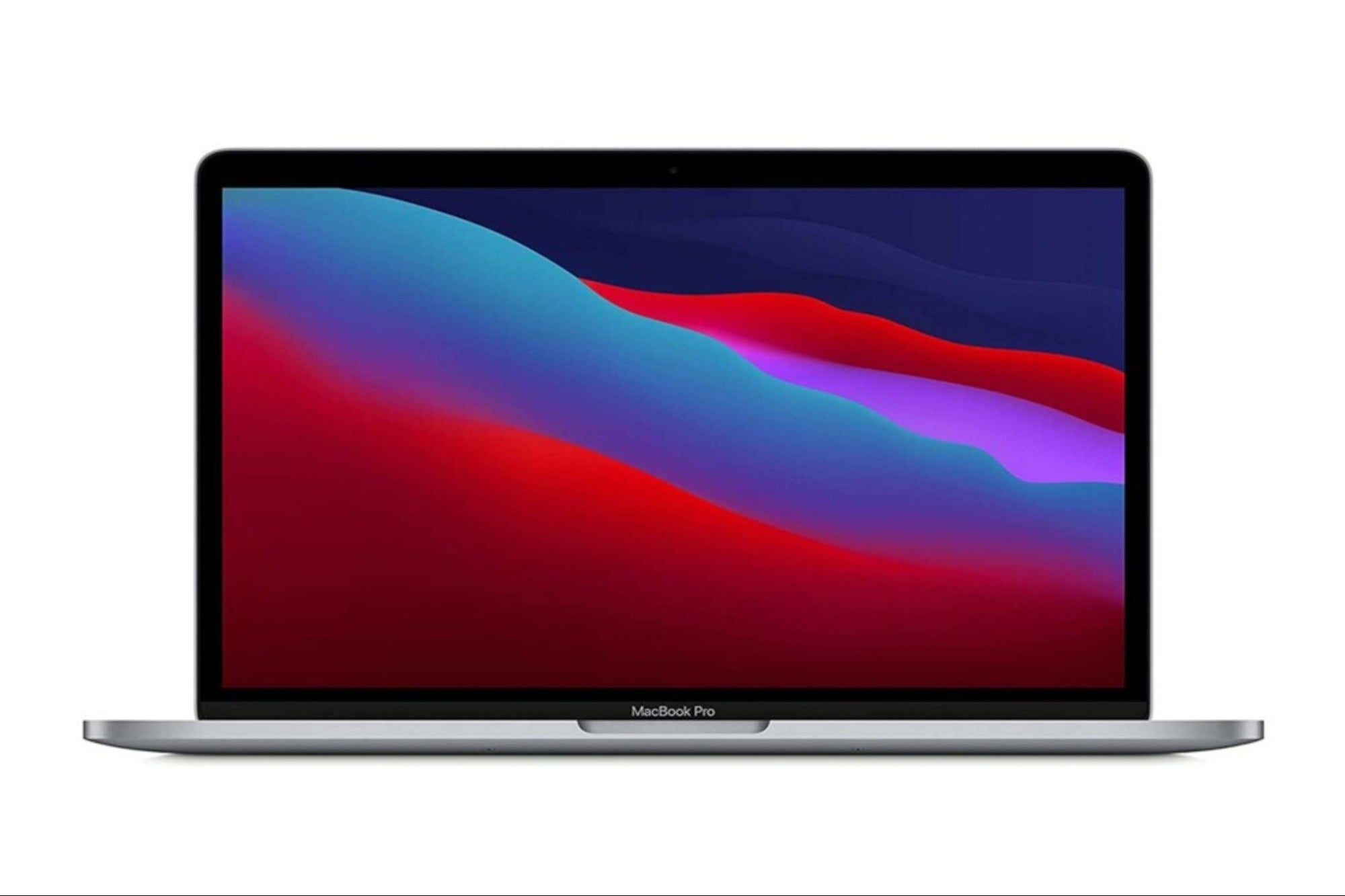Cornering a Missed Pocket of the Ed-Tech Market BIZ Experiencess seeking to market to educators would benefit from understanding how new apps and tools align with schools' day-to-day needs.
By Julia Freeland Edited by Dan Bova
Opinions expressed by BIZ Experiences contributors are their own.
New technology is changing the way students learn. And as the ed-tech market grows, startups and big technology companies alike are jumping in to provide solutions to meet schools' changing needs. Just how big is the opportunity?
Pegged at an estimated $8 billion in 2013 by the Software & Information Industry Association, the education-technology market is reaching unprecedented heights. According to EdSurge, the ed-ech industry received more than $327 million in venture-capital investment in the second quarter of this year alone.
Yet amid the boom in private investment and technology talent migrating into education, BIZ Experiencess don't always know how new apps and tools will align with schools' day-to-day needs. Technology companies would have a better chance of developing products that school systems would actually pay to use, if they had better insight into the market and knew what schools were trying to accomplish as they integrate technology, the variety of tools that schools are currently using and where schools' demands remain unmet.
A new report "Schools and software: What's now and what's next" that I co-authored for my organization, the Clayton Christensen Institute, dives into the demand side of ed tech and offers BIZ Experiencess a glimpse of school systems' unrealized needs.
Here are three tips for BIZ Experiencess hoping to break into the market:
Related: Why Everyone Wants a Piece of Ed Tech
1. Small- to medium-size school systems are seeking BIZ Experiencesial help. Although many ed-tech companies organize their sales teams to serve the largest districts, small- to medium-size school systems (serving 2,500 to 25,000 students) educate half of the 48 million public-school students in the United States. Because they have smaller budgets, these systems cannot always access the best-in-their-class solutions for academic and operations software, and some even rely on Excel spreadsheets for basic organizational and accounting tasks.
But that leaves a huge untapped customer base in some areas. For example, smaller school systems are eager for integrated back-office software solutions that connect human resources, accounting and student information systems. This would enable school systems of this size to recruit, support and organize employees efficiently.
Related: Mark Zuckerberg Puts His Money in Ed-Tech Startup
2. Promise better integration with other tools and better data analytics. And schools will follow. Schools are responding enthusiastically to the proliferation of tools in the marketplace: Leaders reported using upwards of 30 different tools in any given school system. But using a variety of point solutions comes at a cost. In fact, schools struggle to integrate software tools within and across departments, and they report that it's nearly impossible to extract actionable data from many online-learning programs.
A few companies, like Clever and Education Elements, are working to address these integration woes. Still, schools need help making their existing software tools talk to one another and are willing to invest in new tools that can help integrate the student data coming out of disparate software programs.
Related: Tips for Launching an Ed-Tech Startup
3. Stop trying to be everything to everyone. Despite its allure, ed tech risks encountering the same failure that has plagued reformers for years: There is no silver bullet for education. Even if companies peddle one-stop-shop solutions, the schools contacted by my organization are not using singular ed-tech products in a one-size-fits-all manner. Instead, educators are finding that one online-learning program may be great for homework but less suited for in-class assessment. Others may be excellent for drill practice but fall short in promoting deeper learning.
These discrete use cases inside classrooms and schools are something that developers and designers need to keep in mind when working with schools. Educators would be delighted to know that a product can do one thing reliably well, rather than do everything with mixed or opaque results. These gaps in the current ed-tech market offer enticing entry points for BIZ Experiencess interested in the next wave of technology integration in schools.
As Alex Hernandez, the co-author of the report and partner at the Charter School Growth Fund, put it, "Both BIZ Experiencess and schools are getting more sophisticated about the opportunities for software" in kindergarten-to-grade 12 education. "While some challenges are technical, others are about cooperation among vendors and schools. I'm optimistic we can make progress on both fronts."











